NEW YORK—Charles B. J. Snyder oversaw or signed off on hundreds of schools and additions across the five boroughs in the late 1800s and early 1900s, marking a new era where youth learned in better and healthier buildings.
The city’s Department of Education puts the number of schools built by Snyder at close to 350, and the Landmarks Commission puts it at more than 170.
Jean Arrington, writer, editor, and Snyder enthusiast, counts 408 schools, 281 still standing, and 235 still standing as public schools.
Others are now private schools, health facilities, and condos, among other uses, as well as one church, and a funky hotel, Arrington said Tuesday evening—the hotel mention evoking laughter from the crowd.
Arrington gave a presentation on the work and life of Snyder to about 50 people at Manhattan’s Hudson Park Branch Library, arranged by the Greenwich Village Society for Historic Preservation.
H-plan gives classrooms light and air
After designing what is known as the H-plan for schools—where buildings were built around a large central courtyard entrance, with two smaller courtyards leading to street exits on either side, a configuration that let light and air flood into the classrooms—Snyder received enthusiastic praise from the late photographer and journalist Jacob Riis, who wrote in his 1902 book “The Battle with the Slum,” “I cannot see how it is possible to come nearer perfection in the building of a public school.”
These schools in the middle of blocks came with benefits including cheaper land and a quieter atmosphere, but most exceptional for the time was the amount of light and air, a shift from schools that were constantly being overshadowed by six- or seven-story tenements.
Snyder wrote in his 1894 annual report: “Does a silk mill or an office building need more light than the school room? Is the work more important? You will answer ‘no’ to both questions. Then let us have the funds for buildings that will not be a menace to the eyesight and health of the pupils and teachers, and a reproach to the system.”
Snyder developed many other innovative features while he was superintendent of school buildings from 1891 to 1923. Rooftop playgrounds originated under him on the Lower East Side, because real estate was too pricey for street-level playgrounds. Fifth floors began being added to schools for gymnasiums, carpentry workshops, and sewing and cooking rooms. To combat the epidemics of anemia and tuberculosis at the time, he created open air classrooms—some with adjoining porches—complete with sleeping bags provided to students by the schools.
Fireproofing
Snyder, born and raised in Saratoga Springs, N.Y., saw six wooden hotels burn down in 18 years, according to Arrington. This propelled his fireproof school designs, with steel frames and a foundation of brick arches, which allowed large windows, since the frames could support 60 percent windows, up from 25 to 30 percent. His emphasis on fireproofing also spawned the two staircases in one stairwell design, a move aimed at allowing evacuation of buildings in two and a half minutes in emergencies, since both staircases could be used to go down.
The Snyder’s design style did change over his three decades of work. Arrington described each decade at a time, including the H-plan design hallmarking his second decade, and a simplified gothic style, “streamlined, modernized, and institutional,” in the third decade, without the gables, dormers, and chimneys of many of the previous schools.
The end of an illustrious career
Snyder retired in 1923 after the new mayor wanted “an architect who would sacrifice quality for speed,” Arrington said. “That was not Snyder.”
Snyder lived in a home he built in Babylon, Long Island, until his death 23 years later.
His legacy is large. “Snyder moved New York from public school laggard to leader,” Arrington said.
“He’s as important as Robert Moses,” said Ted Mineau, a volunteer with the Greenwich Village Society for Historical Preservation, which hosted Tuesday’s event. “Everybody knows Robert Moses, Jacob Riis, William Gompert—but no one’s ever heard of this guy, and he’s designed all these fabulous schools that are all over.”
Mineau, echoed by many others, was surprised when Arrington, while answering questions after her presentation, said there are no books or documentaries about Snyder.
Arrington, who has visited every school she counts as Snyder-built—including one where it appears on the building plan that his predecessor superimposed his name over Snyder’s—began working on a book five or six years ago.
“I’m still working on it,” she said after the event. She also periodically leads walking tours of some of the schools Snyder designed.
Many of the schools have been designated by the Landmarks Preservation Commission.
Snyder is called a “renowned architect,” in old commission documents, one who “created a large body of innovative and beautiful school buildings that served as visual reminders of the important civic role of public education.”
And for many New Yorkers, Snyder’s buildings still play this role.
The Epoch Times publishes in 35 countries and in 19 languages. Subscribe to our e-newsletter.
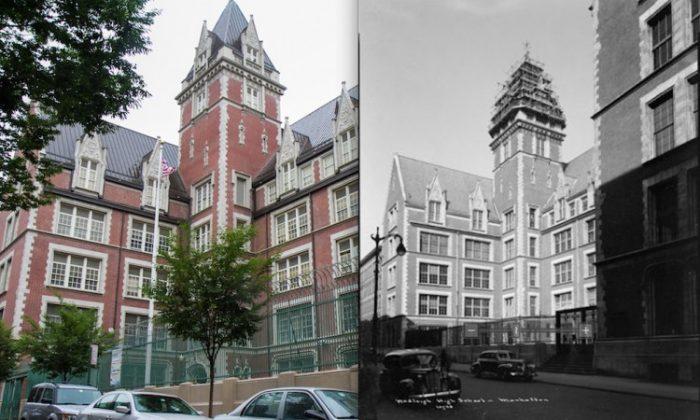

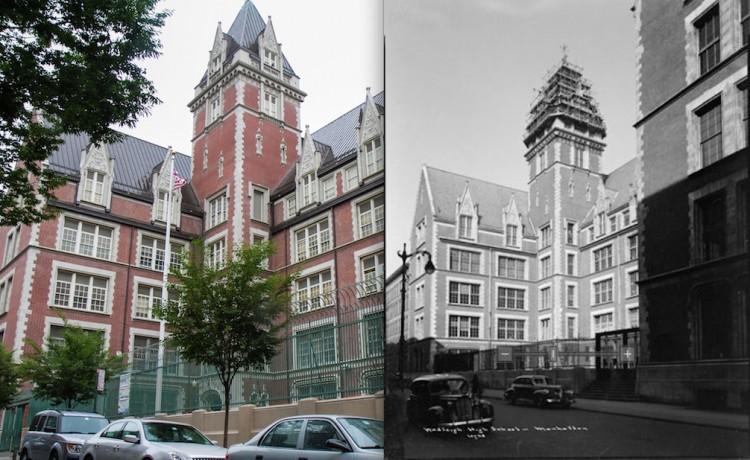
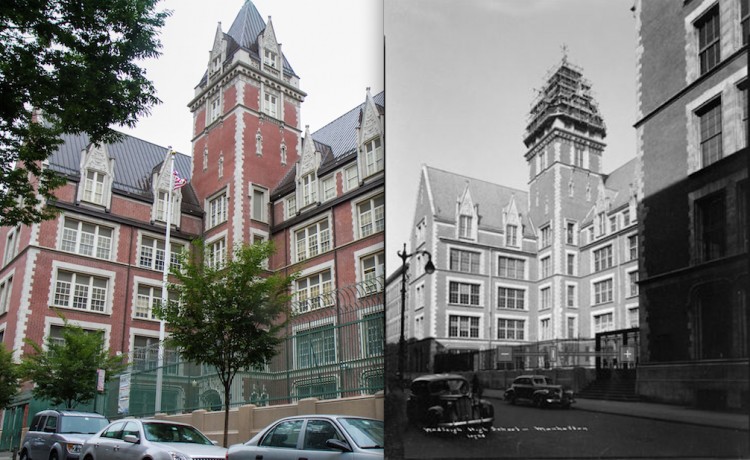
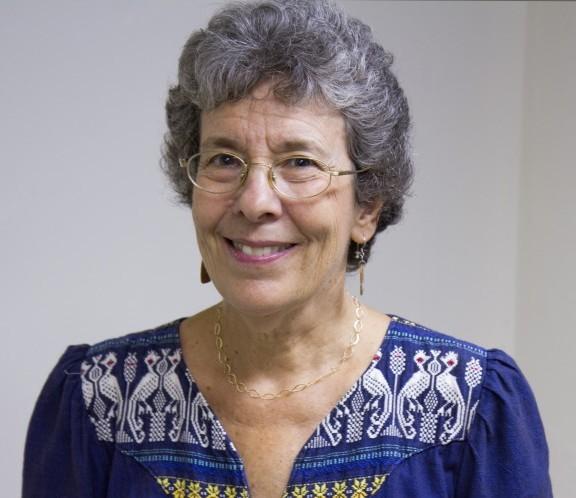
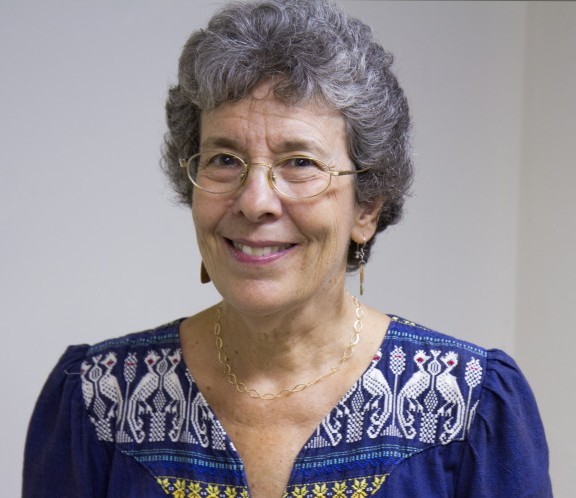
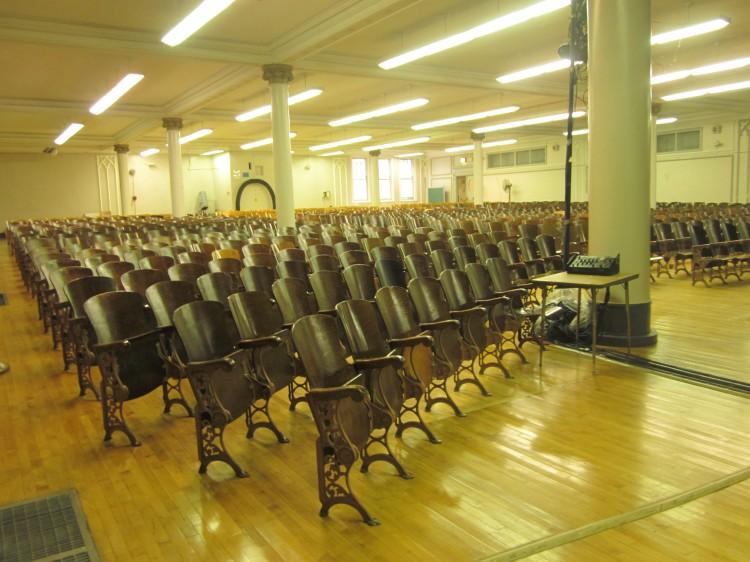
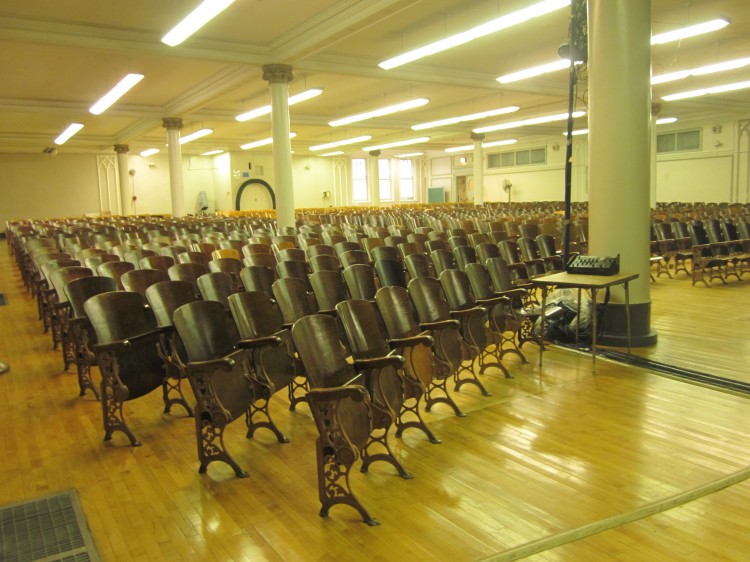
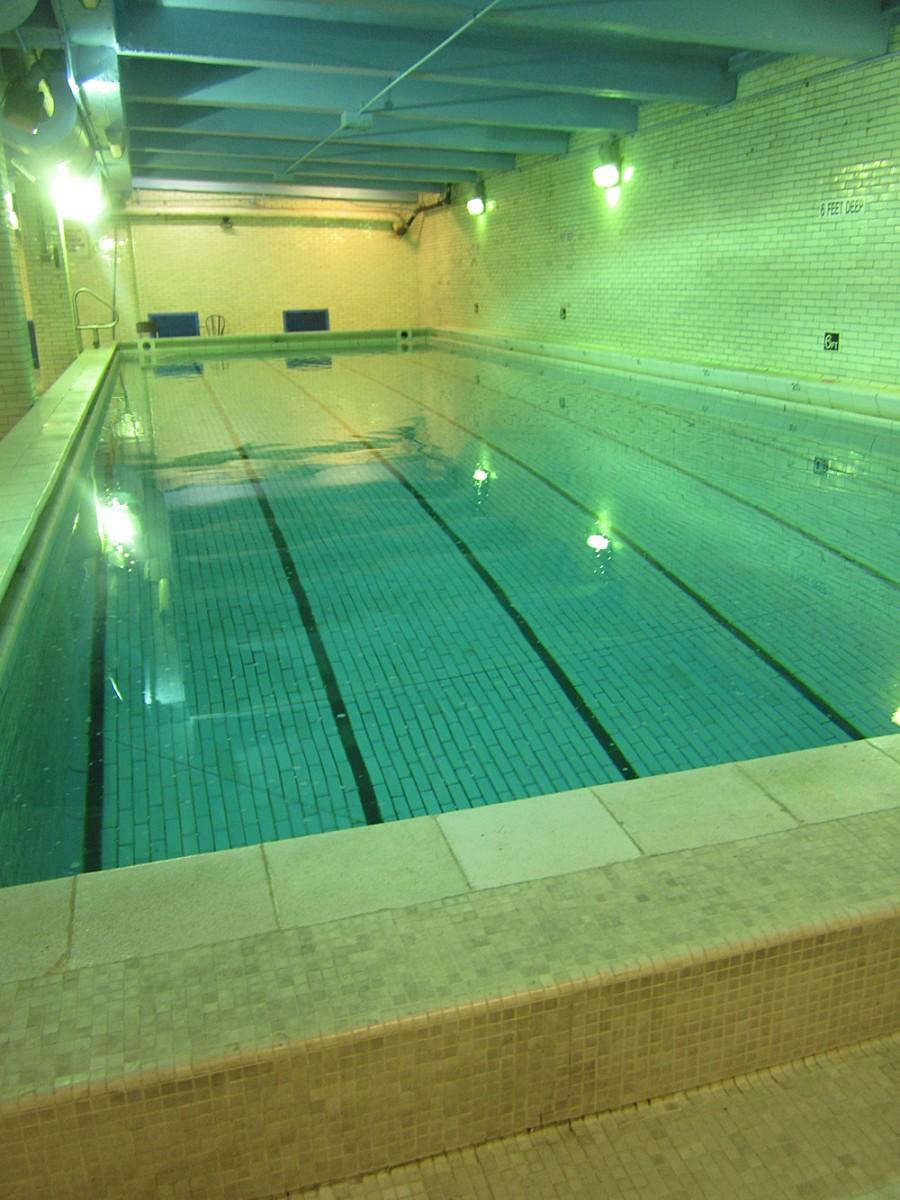
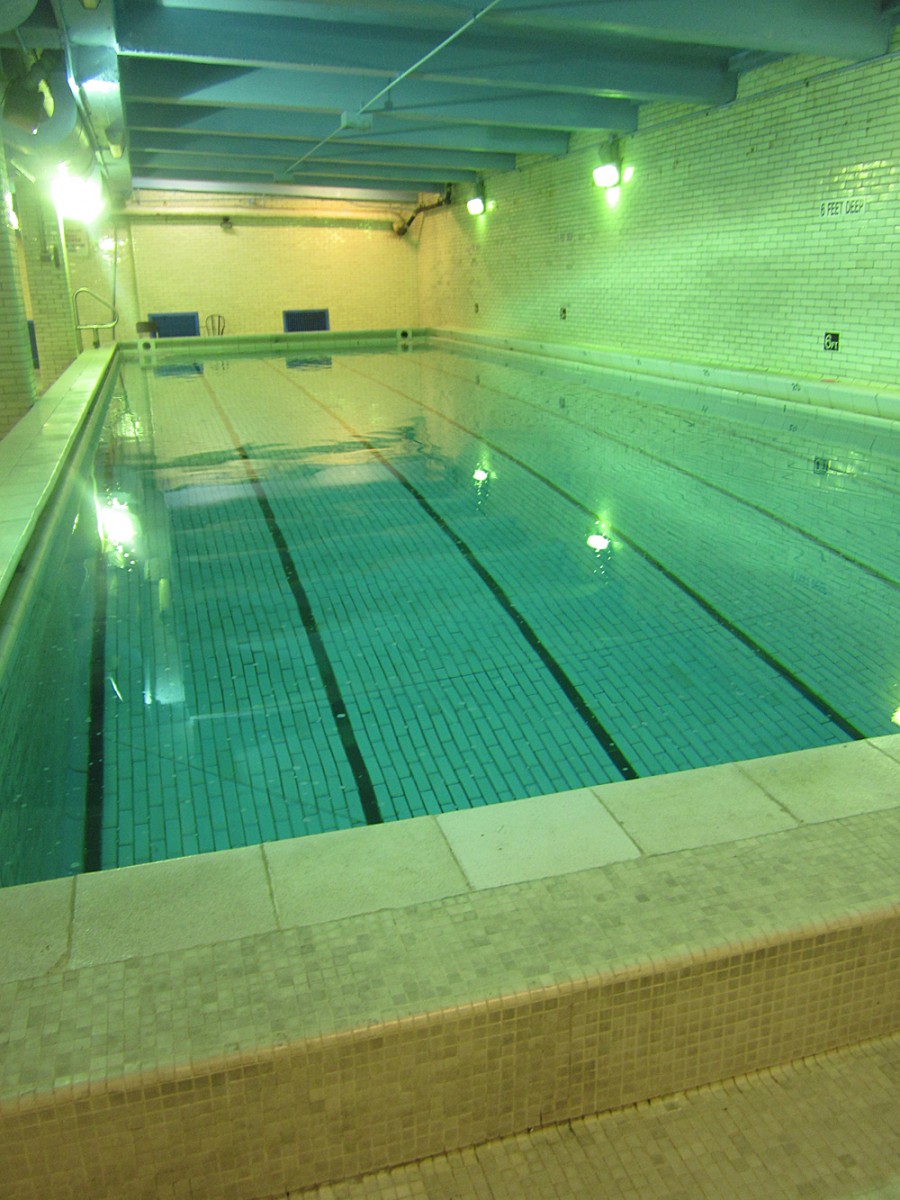
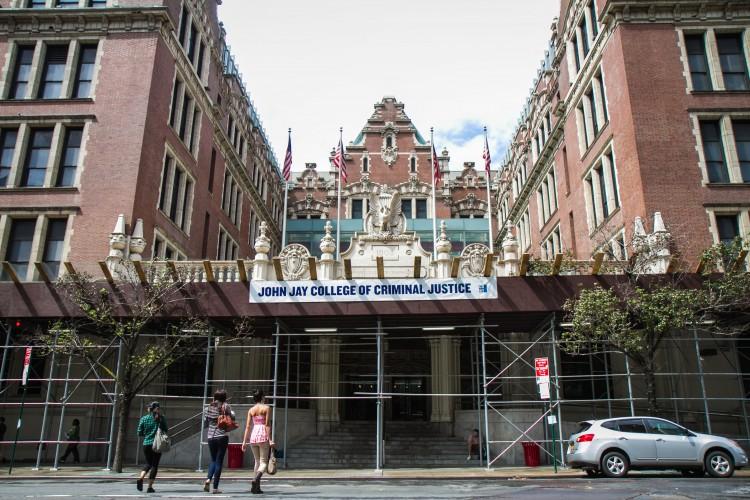
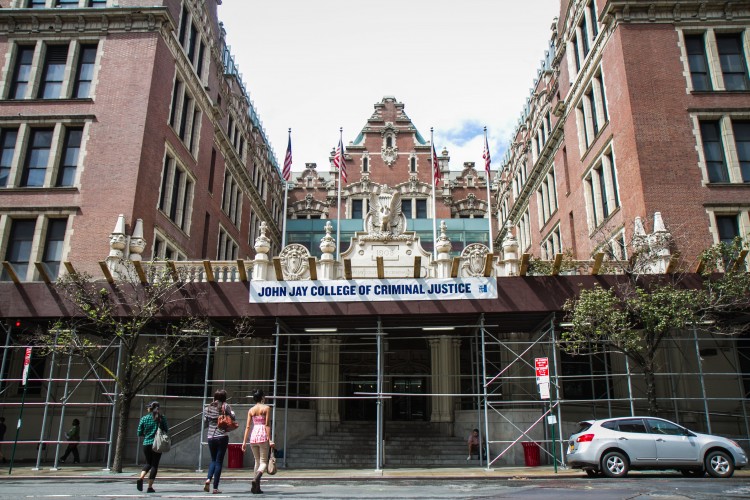



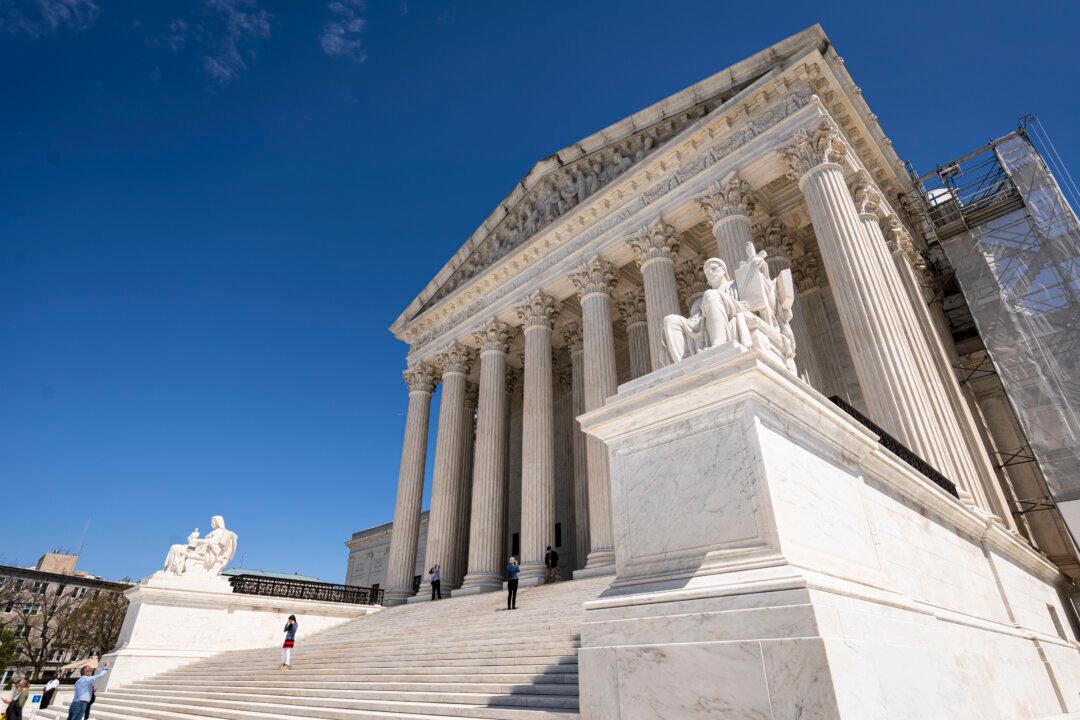
Friends Read Free